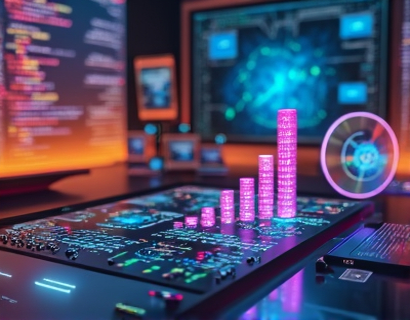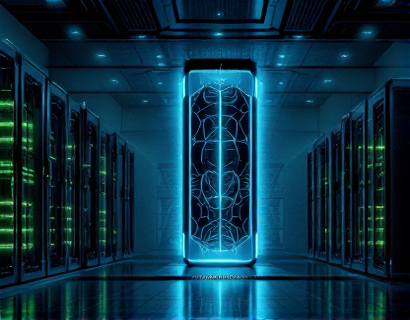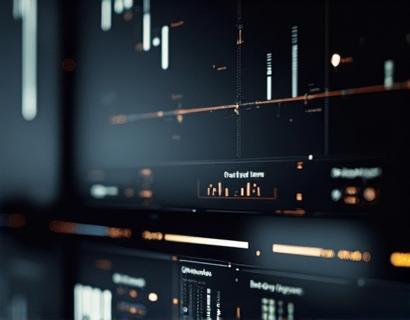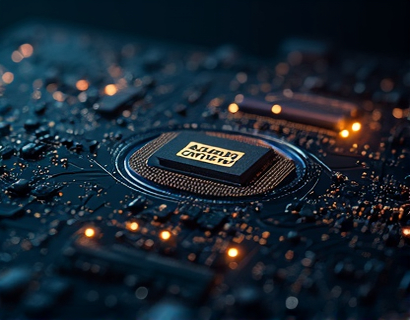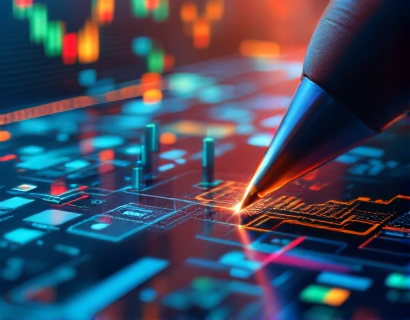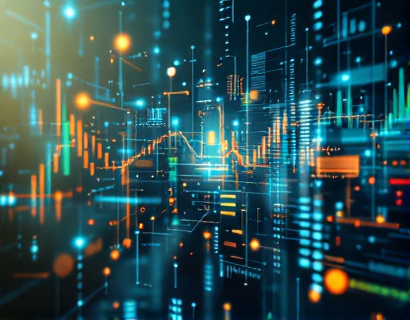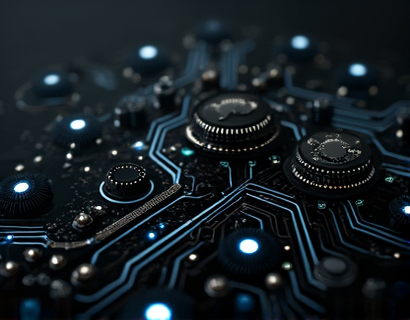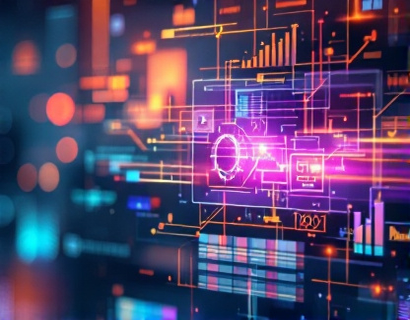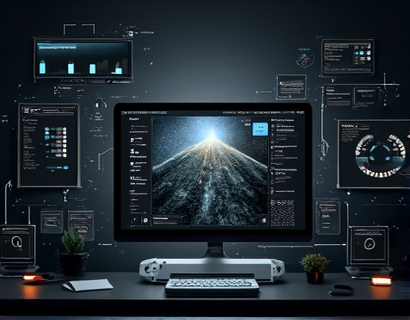Decentralized Innovation: Unleashing Next-Gen Digital Transformation with AI and Crypto Synergy
The digital landscape is undergoing a profound transformation, driven by the synergistic power of artificial intelligence (AI) and cryptocurrency. This revolution is not just about adopting new technologies but about reimagining how we interact, transact, and innovate in a decentralized environment. The convergence of AI and crypto is giving birth to a new era of decentralized applications (dApps) and services, promising enhanced security, transparency, and user empowerment. This article delves into the intricacies of this synergy, exploring how it is reshaping the future of digital transformation.
Understanding Decentralized Innovation
Decentralized innovation refers to the development and implementation of technologies and systems that operate without a central authority or intermediary. This approach leverages blockchain technology, which is the backbone of cryptocurrencies, to create transparent, secure, and tamper-proof networks. The essence of decentralized innovation lies in its ability to distribute power and control across a network of participants, eliminating the need for centralized control and reducing the risk of single points of failure.
The integration of AI into this decentralized framework amplifies its potential. AI algorithms can process vast amounts of data, identify patterns, and make predictions with high accuracy. When combined with the decentralized nature of blockchain, AI can operate more efficiently and securely, enabling the creation of smart, adaptive, and autonomous systems. This synergy is the cornerstone of next-generation digital transformation.
AI in Decentralized Systems
AI plays a crucial role in decentralized systems by enhancing their functionality and user experience. One of the primary applications of AI in this context is in the development of smart contracts. Smart contracts are self-executing contracts with the terms of the agreement directly written into code. AI can optimize these contracts by analyzing complex scenarios, predicting outcomes, and automating decision-making processes. This not only increases efficiency but also reduces the risk of errors and fraud.
Another significant application is in data management and analysis. Decentralized systems generate and handle massive amounts of data, which can be overwhelming to process and interpret. AI algorithms, particularly machine learning models, excel in handling such data volumes. They can identify trends, detect anomalies, and provide actionable insights, enabling better decision-making and more personalized services. For instance, AI-driven predictive analytics can help in optimizing resource allocation and improving user engagement in decentralized platforms.
Cryptocurrency and Decentralized Finance (DeFi)
Cryptocurrency is a fundamental component of decentralized innovation, serving as the medium of exchange in decentralized ecosystems. Beyond traditional cryptocurrencies like Bitcoin and Ethereum, the space has expanded to include a wide array of tokens and assets, each with unique functionalities. Decentralized Finance (DeFi) is a prime example of this evolution, offering a suite of financial services such as lending, borrowing, trading, and yield farming, all built on blockchain networks.
DeFi platforms leverage AI to enhance their services. For instance, AI can be used to develop algorithmic trading strategies that adapt to market conditions in real-time, providing users with more efficient and profitable trading opportunities. Additionally, AI-driven risk management tools can assess and mitigate risks associated with decentralized transactions, ensuring a more secure and stable financial environment.
Enhancing User Experience through AI and Crypto
The combination of AI and cryptocurrency is not only about backend efficiency but also about creating seamless and intuitive user experiences. One of the challenges in decentralized systems is the complexity and technical barrier that can deter mainstream adoption. AI can bridge this gap by providing user-friendly interfaces and personalized interactions.
For example, AI-powered chatbots and virtual assistants can guide users through complex processes, answer queries, and provide tailored recommendations. These AI-driven interfaces can adapt to user preferences and behaviors, making the experience more intuitive and engaging. Moreover, AI can enhance security by implementing advanced biometric authentication and fraud detection systems, ensuring that users feel safe and confident while using decentralized services.
Case Studies and Real-World Applications
Several projects and platforms are already demonstrating the power of AI and crypto synergy in decentralized innovation. One notable example is Augur, a decentralized prediction market platform that uses AI to improve the accuracy of predictions. By leveraging a community-driven approach and AI algorithms, Augur allows users to bet on future events with confidence, while also generating revenue through prediction fees.
Another example is Compound, a decentralized lending and borrowing platform that utilizes AI to optimize liquidity and risk management. Compound's AI-driven protocols adjust interest rates based on market conditions and user demand, ensuring a balanced and efficient ecosystem. This not only benefits borrowers and lenders but also enhances the overall stability of the platform.
Challenges and Future Prospects
Despite the immense potential, the integration of AI and cryptocurrency in decentralized systems is not without challenges. One of the primary concerns is regulatory uncertainty. As decentralized technologies operate outside traditional regulatory frameworks, there is a need for clear guidelines and policies to ensure compliance and protect users. Additionally, scalability remains a significant issue, as blockchain networks often struggle to handle high transaction volumes efficiently.
However, the future looks promising. Ongoing research and development are addressing these challenges, with advancements in blockchain scalability solutions and regulatory frameworks evolving to accommodate decentralized innovations. The synergy between AI and crypto is set to drive further breakthroughs, opening up new possibilities in areas such as decentralized governance, digital identity, and Internet of Things (IoT) applications.
Conclusion
The convergence of AI and cryptocurrency is revolutionizing the digital landscape, paving the way for a new era of decentralized innovation. This synergy is not just about technological advancement but about creating a more inclusive, secure, and efficient digital world. As we continue to explore and harness the potential of this powerful combination, the possibilities are endless. The future of decentralized applications and AI-driven services is bright, and it is shaped by the collective efforts of tech-savvy individuals and innovators who are committed to pushing the boundaries of what is possible.






